At Soller environmental, there is always something in the works.
some of our most significant accomplishments:
water Reuse
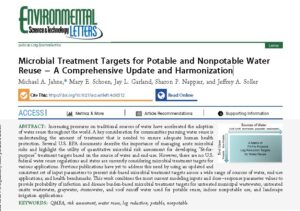
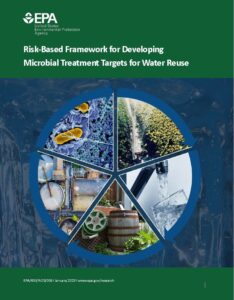
Covid-19
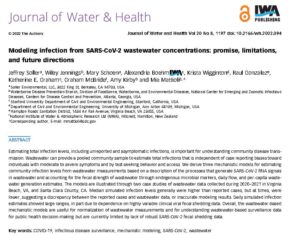
Recreational water Risk advancements
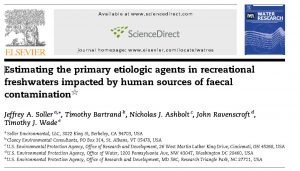
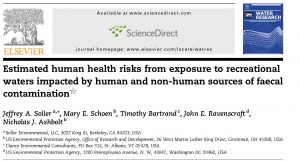
2012 Recreational Water Quality Criteria
In 2012, US EPA published an update to the 1986 Ambient Water Quality Criteria. This update, the 2012 RWQC fundamentally changed how recreational water criteria are established in the USA – moving from a water quality (i.e. FIB)-based criteria to a risk-based criteria. This subtle but critical point, establishes a level of health protection as the basis for the criteria which allows alternative (based on site specific conditions or alternative indicators) criteria to be established provided that they are scientifically defensible and protective of the use. We contributed integrally to the development of these criteria and to the documentation published by US EPA.
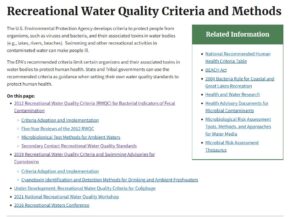
usepa Groundwater RUle
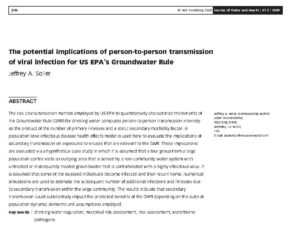
In 2006, the US EPA published the Groundwater
Rule (GWR) which applies to all community
and non-community public water systems that use groundwater as a water source. An estimated 147,330 PWS in the United States, serving over 114 million people, use groundwater as their primary water source. Unlike surface waters, prior regulations in the US did not require filtration or disinfection of groundwater sources.
To support US EPA in the GWR development, we developed a dynamic infectious disease model to explore the potential implications of immunity and secondary transmission of infection and subsequent illness in the GWR relative to the static method employed by the base analysis. The results of this analysis were used to support the finding that the GWR could result in sufficient benefits for the Office of Management and Budget to support the GWR.